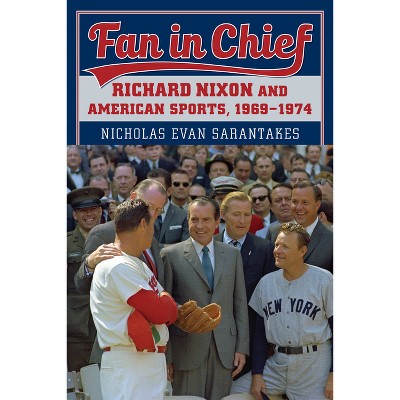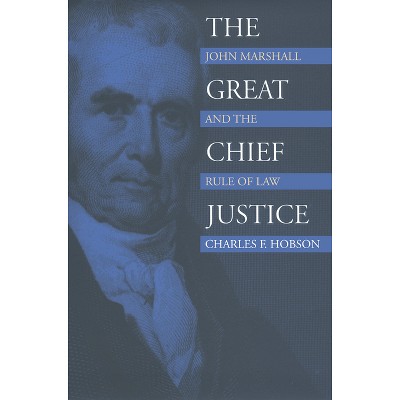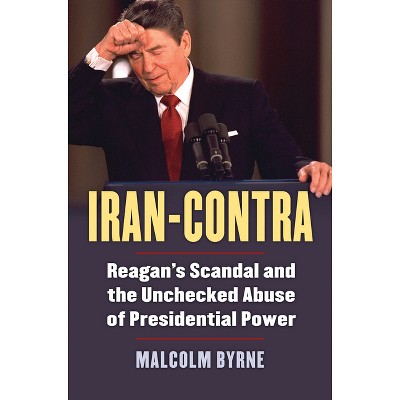Commander in Chief - by Casey Byrne Knudsen Dominguez (Hardcover)

About this item
Highlights
- The constitutional balance of war powers has shifted from Congress to the president over time.
- Author(s): Casey Byrne Knudsen Dominguez
- 280 Pages
- Political Science, American Government
Description
About the Book
"Based on an original, comprehensive dataset of every congressional reference to the commander-in-chief clause from the Founding through 1917, this study systematically analyzes the authority that members of Congress ascribe to the president as commander in chief, and the boundaries that they put around that authority. Commander in Chief: Partisanship, Nationalism, and the Reconstruction of Congressional War Powers shows that for more than a century, members of Congress defined the commander in chief's authority narrowly, as similar to that of any high-ranking military officer. But in a wave of nationalism during the Spanish American War, members of Congress began to argue that Congress owed deference to the commander in chief. Members of Congress also tended, throughout the history of the republic, to argue that a copartisan's presidential war powers should be defined broadly, while those of a president in the other party should be defined narrowly. Together, these two dynamics suggest that the conditions for presidentially dominated modern constitutional war powers were set at the turn of the twentieth century, far earlier than is often acknowledged"--Book Synopsis
The constitutional balance of war powers has shifted from Congress to the president over time. Today, presidents broadly define their constitutional authority as commander in chief. In the nineteenth century, however, Congress was the institution that claimed and defended expansive war powers authority. This discrepancy raises important questions: How, specifically, did Congress define the boundaries between presidential and congressional war powers in the early republic? Did that definition change, and if so, when, how, and why did it do so?
Based on an original, comprehensive dataset of every congressional reference to the commander-in-chief clause from the Founding through 1917, Casey Dominguez's Commander in Chief systematically analyzes the authority that members of Congress ascribe to the president as commander in chief and the boundaries they put around that authority.Dominguez shows that for more than a century members of Congress defined the commander in chief's authority narrowly, similar to that of any high-ranking military officer. But in a wave of nationalism during the Spanish-American War, members of Congress began to argue that Congress owed deference to the commander in chief. They also tended to argue that a president of their own party should have broad war powers, while the powers of a president in the other party should be defined narrowly. Together, these two dynamics suggest that the conditions for presidentially dominated modern constitutional war powers were set at the turn of the twentieth century, far earlier than is often acknowledged.
Review Quotes
"Dominguez has produced groundbreaking work on the changing relationship between the political branches in the realm of war. Using the unique prism of nineteenth and twentieth century congressional debates about the Commander in Chief clause, she demonstrates how members of Congress used to act as a constraint on executive war making and this has given way to deference. Through her rigorous investigation we have clearer proof that presidents started collecting more power into their branch during the Spanish American War."--Sarah Burns, author of The Politics of War Powers: The Theory and History of Presidential Unilateralism











